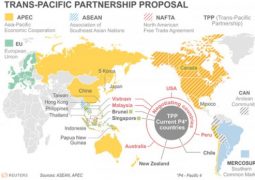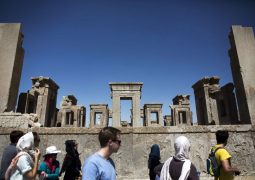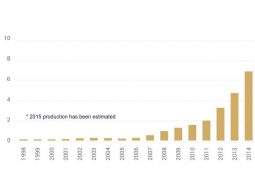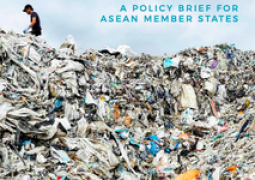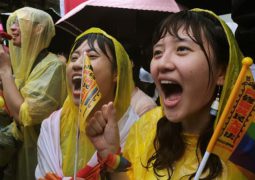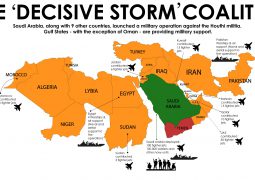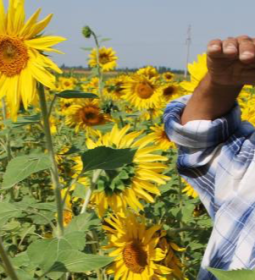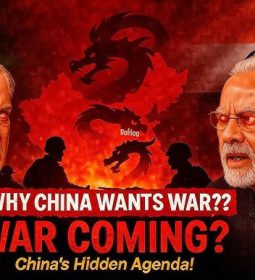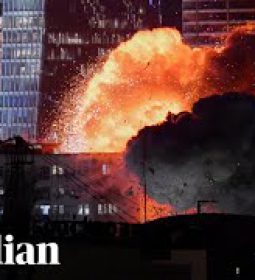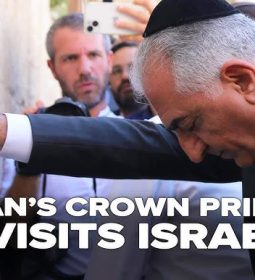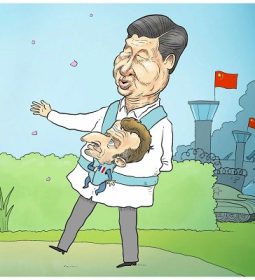India Vote in Uttar Pradesh State to Reverberate Nationally for Modi

NEW DELHI—Prime Minister Narendra Modi is taking aim at influential regional parties in state elections as he tries to bolster his government and redraw India’s political map.
His campaign in Uttar Pradesh—the country’s most-populous state, home to 200 million of its 1.2 billion people—will test whether Mr. Modi’s popularity endures even after his recent radical move to invalidate 86% of India’s cash overnight, an order that left citizens scrambling for weeks. Mr. Modi said he wanted to drill out illicit earnings and untaxed wealth to help the poor.
Results of the voting, taking place over five weeks, are due on March 11. If Mr. Modi’s Bharatiya Janata Party wins, it will pick a chief minister to run the state.
Such an outcome would burnish the larger-than-life image of the prime minister, who is his party’s star campaigner, and make it easier for him to push his legislative agenda. That includes loosening labor-law regulations, toughening anticorruption measures and enacting contentious changes to India’s citizenship rules.
If he loses, his emboldened rivals—a largely left-leaning cohort long opposed to the BJP’s Hindu nationalist roots—could dig in to block his policies. A defeat for Mr. Modi would also encourage them to band together to stymie any re-election bid in 2019.
“It would be a big blow for Modi—psychologically and politically,” said Badri Narayan, a professor at the state’s Govind Ballabh Pant Social Science Institute. “It will rattle his party, hit his momentum, shake-up the 2019 race.”
While the prime minister won by a landslide in the 2014 national elections, he has since struggled to topple regional heavyweights on their home turfs. Their outsize parliamentary clout has shaped policies for years and brought down national governments.
In Uttar Pradesh, the BJP is facing-off against two local parties that have traded power there for nearly 15 years.
The incumbent Samajwadi Party, helmed by the powerful Yadav family, is following Mr. Modi’s playbook: projecting its media-savvy leader as a development crusader. To strengthen its hand, the party has joined forces with Mr. Modi’s main national rival, the Congress party.
The BJP faces an equally tough challenge from the champion of a lower-caste movement, Kumari Mayawati.
Regional leaders argue they better represent local demands and dispossessed groups. But they have also overcrowded the political space, slowing national lawmaking.
Mr. Modi has a majority in the lower house of Parliament, but his rivals dominate in the upper house, where members are elected by state legislatures.
Deadlock forced Mr. Modi to abandon steps to ease restrictions on acquiring farmland for industry and infrastructure. He has also struggled to amend cumbersome labor-law requirements. A new goods-and-services tax has been delayed by months.
A proposal that seeks to make only illegal immigrants from neighboring Muslim-majority countries who belong to other faiths, such as Hindus and Christians, eligible for citizenship, is likely to face roadblocks.
If the BJP wins in Uttar Pradesh, upper-house seats from that state will turn in its favor over the next few years and start to shift the balance. Uttar Pradesh has the most seats of any state.
In several years Mr. Modi hopes to achieve a majority—a milestone that his critics say would unfetter the BJP to pursue its most contentious policies, rooted in divisive Hindu nationalism.
‘We want to ride the Modi wave to become truly pan-Indian.’
The party wants to replace religious laws with a common civil code, a move many Muslims bitterly oppose, and roll back the partial autonomy that the troubled, Muslim-majority Kashmir region enjoys.
Regional parties’ entrenched power is also the biggest hurdle to Mr. Modi’s ambitious political game-plan to expand the BJP’s footprint in ways no party has done since the 1980s.
Mr. Modi made winning state elections a priority from the very start, pushing the BJP way outside its traditional strongholds. “We want to ride the Modi wave to become truly pan-Indian,” one senior BJP leader said.
The party has notched up some crucial victories. The BJP, on its own or with allies, now has charge over states that cover 45% of India’s population, doubling its reach since Mr. Modi’s election.
But he faced two embarrassing defeats in 2015 in states where regional parties are in command.
Polls in Uttar Pradesh offer Mr. Modi his best shot against local satraps. The BJP rose to prominence there in the 1990s with a movement to build a temple there for the god Ram. Mr. Modi swept the state in the last national vote.
“Changing the situation in Uttar Pradesh,” Mr. Modi said at a recent rally, “is the first condition to changing India.”
- Previous As Leaders Argue, South Korea Finds China Is No Longer an Easy Sell
- Next Dozens Killed in ISIS Attack on Kabul Military Hospital



